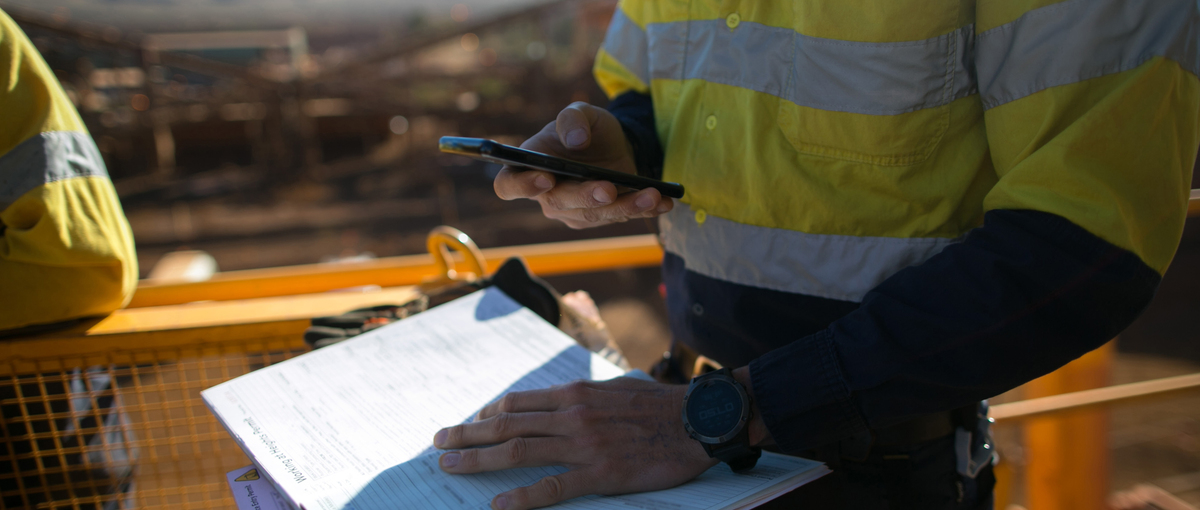3 Tips For An Effective Confined Space Rescue
3 Tips For An Effective Confined Space Rescue
March 9, 2023 |
Confined spaces bear a significant risk to their entrant owing to poisonous gases and other hazards that prevail inside them. Any facility with a confined space should have an elaborate plan on how to go about rescuing entrants of these workspaces if they are overwhelmed by a given hazard.
Effective confined space rescue is vital when it comes to providing timely assistance to injured persons and preventing things from getting out of hand. Emergencies in these spaces will arise if the entrants do not stick to the provided measures. Similarly, the same thing might happen if the existing control measures for entry into the spaces fail.
When this happens, it is likely going to culminate in fatalities if the rescue strategy is not practical and if the efforts are not good enough. Sadly, recent studies indicate that most fatalities that occur in confined spaces are not of the original entrants but rather ‘would-be’ rescuers charged with extracting injured personnel.
That goes to show you how dangerous these spaces can be. Therefore, for a successful rescue mission, the rescuers should be experienced with adequate training and proper rescue equipment. Read on for tips more valuable tips on a seamless rescue mission in confined spaces.
The Rescue Plan Should Be Specific for the Targeted Confined Space
You need to understand that confined spaces are not all similar. Thus, each space should have a well-documented response plan in case of emergencies. This provided plan should specifically cover the hazards present in the given space besides outlining a clear procedure that should be followed in case of an emergency.
Of course, the plan should be put together by an experienced or competent individual with a critical analysis of how the provided confined space works. Similarly, the person should also be familiar with foreseeable emergencies as well as practical measures that can be implemented to contain them.
By creating an effective rescue plan for confined spaces, it will be easier to respond accordingly if an emergency occurs. Likewise, having and sticking to the prevailing rescue plan will prevent rescuers from being exposed to hazards present in the spaces. It will prevent the rescuers from causing more damage to the injured entrant.
Adequate Personnel Training Based on Risks and Hazards Present in the Confined Spaces
The type of training that the rescue personnel should undertake should be in line with the risks and hazards present in the targeted confined spaces. Additionally, the personnel should be familiarized with the possible scenarios in the spaces. If possible, it would be prudent to have expert advice on how to approach certain confined spaces and the dangers that lurk in them.
Along with that, training exercises should be designed to accommodate the kinds of rescue that might be needed for specific kinds of spaces as well as the kind of equipment that might be needed for the same.
Courses for confined space rescue missions last for an average of 3-5 days and cover different modules. The course covers hazards in confined spaces together with their control measures. It also highlights a wide range of rescue systems in these spaces. Moreover, the course introduces the personnel to their duties as well as proper planning and rescue size-up. Skills in patient packaging and first aid are also imparted at this point.
The rescue personnel also get to learn about gas detection and how to use breathing apparatus. Essentially, the training exercise for confined spaces should cover all bases and emphasize equipping rescue personnel with everything they need to handle different scenarios in a confined space.
Proactive Emergency Management and Standby Emergency Preparedness
The emergency management team should always be ready and prepared for any eventuality. Particularly, the rescue team should exercise regularly to sharpen their skills. This will make it easy for them to conduct the extraction of injured personnel smoothly and safely.
Additionally, exercising regularly will equip the rescue teams with the experience, skills, and knowledge to deal with different circumstances. The drills also need to emulate scenarios that are site-specific and real-world. If possible, it would be wise to bring in trainers to oversee the training sessions and provide valuable input, guidance, and correction where possible to enhance the performance of the rescue team.
Undertaking a rescue mission in a confined space is not a walk in the park. It demands a rescue team that is sufficiently trained and equipped with proper equipment, experience, or skills to tackle different hazards as well as scenarios. It is only through adequate preparation that rescue teams can successfully extract injured entrants from confined spaces to safety.
